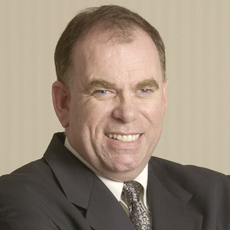
The great South African golfer Gary Player has found an interesting way to gain additional media “exposure.” The septuagenarian was recently seen gracing the cover of ESPN The Magazine. And by the way, a golf club was apparently the only thing he was wearing.
I’m not normally one to suggest viewing photos of old men in the buff. But it’s probably safe to say many males 50 years younger only wish they were in such good shape.
Even more notable is that our unclad golfer is less than a decade away from the sweet spot of nursing home admission: age 85. Admittedly, Player is and always has been a bit of a fitness nut. But if a guy can be this healthy at age 77, you have to wonder whether it’s time to reconsider prevailing views about the aging process – and whether the senior living field might need to make some conceptual adjustments.
And by adjustments, I don’t simply mean ratchet up the expected admission age by a few years. Let’s face it: we really need to start learning more about how it is we actually get old.
One way to start is by paying less attention to calendars and more attention to biological markers. So far, the revelations unearthed in this relatively new field of inquiry have been primitive but promising.
Consider a University of Michigan study released four years ago. For this investigation, researchers looked at the medical records of more than 4,000 women. One of the most reliable indicators of mortality turned out to be contrast sensitivity. This was measured by judging participants’ ability to discern lightly shaded images on white backgrounds. Another telltale sign was the number of rapid “step-ups” subjects could complete on a low platform within 10 seconds.
Biological markers at the molecular level are also getting a closer look. Researchers are finding that we all apparently have molecular aging clocks embedded in our genomes. At least, that’s what was unearthed in a study conducted at the Institute for Genomic Medicine at the University of California, San Diego. Investigators also found that men tend to age 4% faster on average. This discovery may help explain why long-term care facilities tend to be occupied primarily by women.
So what’s the takeaway here for long-term care operators? There may be a few. But the most obvious is that the age profile of your residents will probably get more skewed in the years to come. Yes, you’ll likely see more residents who have been alive for 90 or even 100 years. But you may also find yourself taking care of more hard-living “youngsters” barely half their age.
It has been written that fate is blind. But as Gary Player’s photo shows, the naked truth can be a real eye opener.
John O’Connor is the editorial director at McKnight’s. Follow him on Twitter at @ltcritr.




